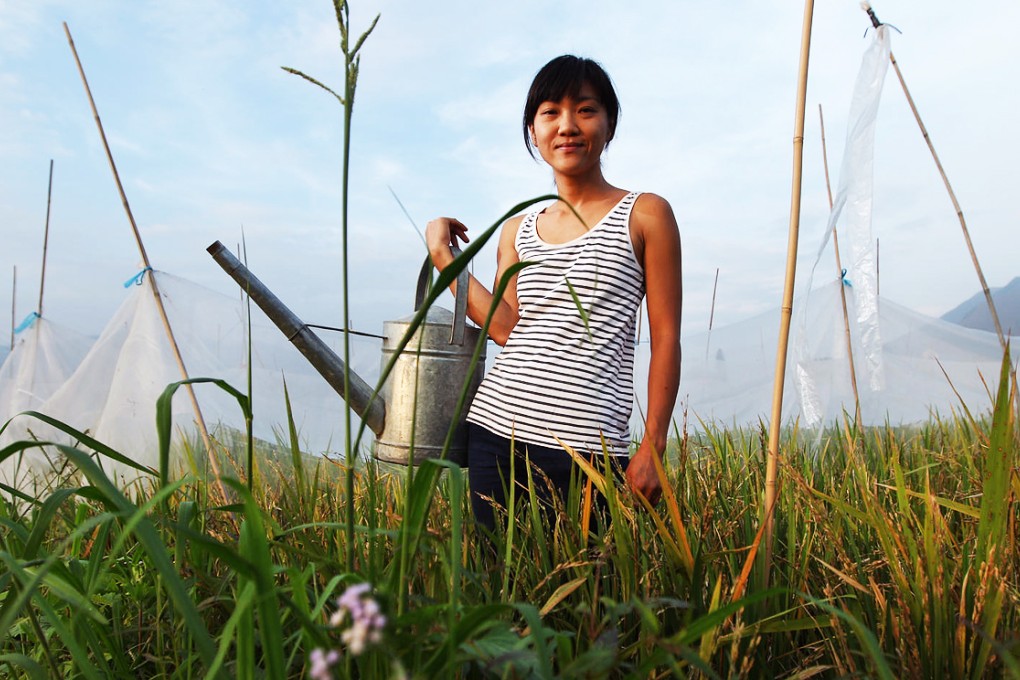The 10 riskiest foods to eat, and how sick they can make you
Certain foods can carry toxins that can cause illness. Jeanette Wang takes a look at the preventive measures to reduce the risk

Ever experienced a nasty case of food poisoning? There's a high chance you have: most of us will experience a food or waterborne disease at some point in our lives, usually relatively harmless and short-lived ailments with symptoms such as stomach pains, vomiting and diarrhoea.
More than 200 diseases are caused by unsafe food containing harmful bacteria, parasites, viruses, toxins and chemical substances, according to the World Health Organisation.
Some people may suffer more severe and long-term consequences, including kidney and liver failure, brain and neural disorders, reactive arthritis, cancer and even death.
Food-borne and waterborne diarrhoeal diseases kill about 2.2 million people annually, according to WHO estimates, most of whom are children. Pregnant women, the sick and the elderly are also particularly vulnerable to foodborne diseases.
In Hong Kong, there were 214 reported food poisoning outbreaks last year, affecting 1,009 people, according to statistics from the Centre for Health Protection. Nearly 70 per cent were victims of bacterial contamination.

"Most people suffering from diarrhoea do not consult a physician. Diseases and deaths might be attributed to other causes, even when the food that people have eaten is the culprit," Chan said in a commentary in the Lancet medical journal last November.